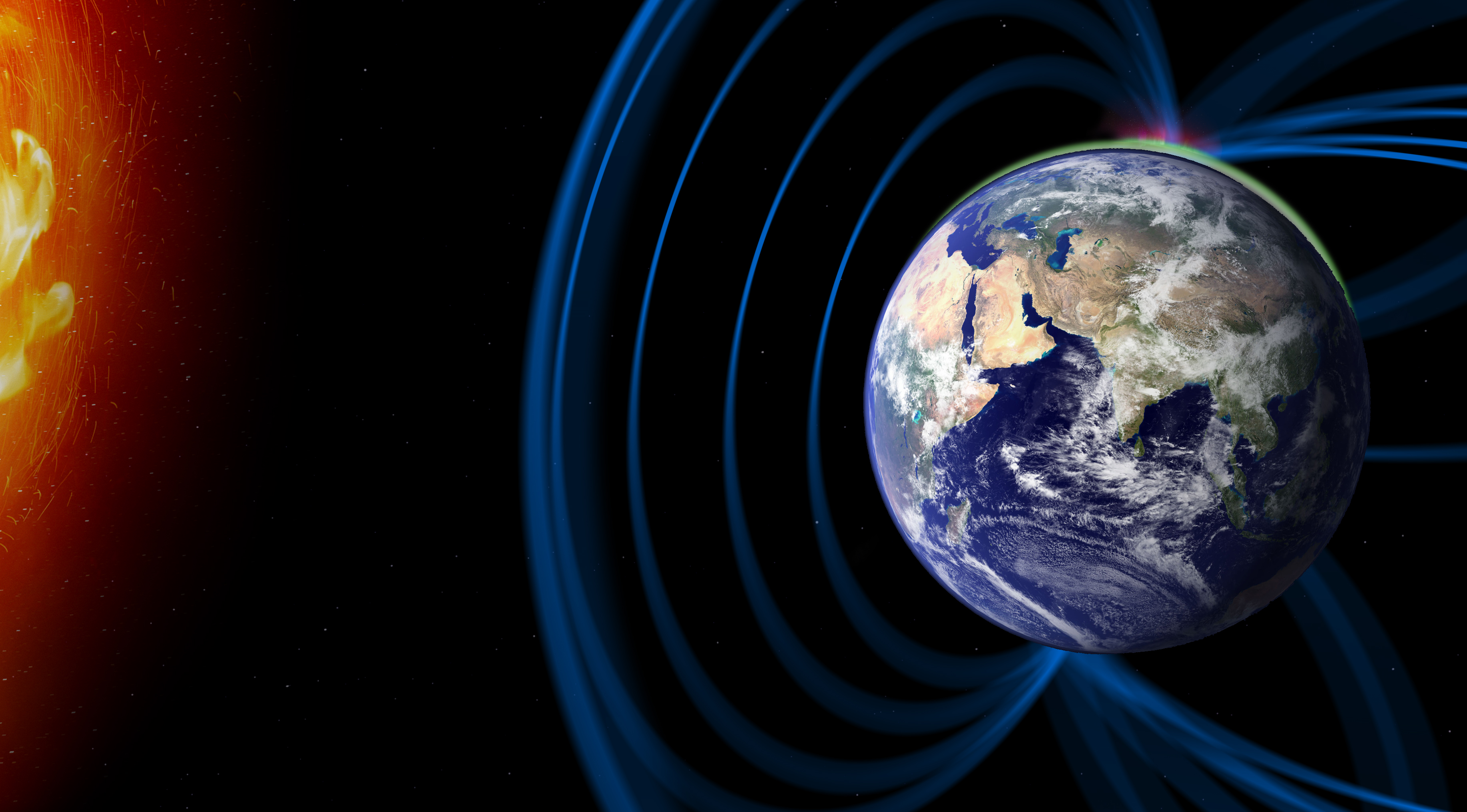Unraveling the Drivers of Energetic Electron Precipitation
Unraveling the Drivers of Energetic Electron Precipitation

Principal investigators
Abstract
Energetic electrons precipitating from the radiation belts surrounding the Earth, can collide with gases in the atmosphere and deposit their energy here. The depth to which they penetrate into the atmosphere depends on their initial energy. Events, associated with eruptions on the Sun or periods of high speed solar wind streams, can drive processes accelerating radiation belt electrons to relativistic energies that will reach as low as 50 km altitude. The collisions with atmospheric gasses initiate a number of chemical reactions leading to the production of odd nitrogen or NOx and odd hydrogen gasses, which in turn can reduce the ozone concentration. Ozone is critically important in the energy budget at these altitudes. Hence changing the concentration of ozone at 50 km might impact temperature and winds, both of which links to our weather system. A reliable, accurate estimate of the particle energy input and its altitude distribution is therefore crucial for determining its effects on the atmosphere. A solution to this problem is a better understanding of the driver processes of energetic electron acceleration and precipitation. Further, the radiation belts represent a hard environment for satellites, hence quantification of electron precipitation is also important for understanding the radiation belt variability due to loss to the atmosphere. These different perspectives are two sides of the same coin. Nonetheless, most researchers tend to focus on just one aspect, leaving out the potential added values for the other perspective.
The aim of the Young CAS Fellow project is to create a network of researchers with complementary expertise to achieve a holistic view on the causes of energetic electron precipitation and its dependence on solar wind structures and magnetospheric processes to better estimate the occurrence, duration and strength of the energetic electron precipitation.